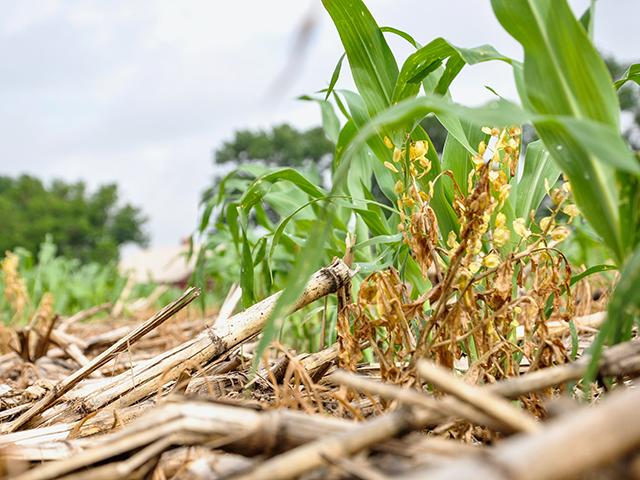In an era marked by rapid industrialization, urbanization, and consumption, the concept of sustainable living has never been more crucial. As we bear witness to the alarming consequences of our unsustainable practices, from climate change to biodiversity loss, it becomes imperative for individuals and communities to embrace sustainable living. This comprehensive guide will delve into the importance of sustainable living, offering valuable insights, tips, and actions you can take to make a positive impact on our planet.
Chapter 1: Understanding Sustainable Living
Sustainable living is more than just a buzzword; it’s a way of life that seeks to balance our needs with the needs of the planet. At its core, sustainability is about meeting the needs of the present without compromising the ability of future generations to meet their own needs. It encompasses various aspects of our lives, from energy consumption and waste reduction to responsible consumption and conservation.
Chapter 2: The Environmental Imperative
One of the most compelling reasons to adopt sustainable living practices is to combat the environmental crises we face. Climate change, driven by the emission of greenhouse gases, is wreaking havoc on our planet. Sustainable living involves reducing our carbon footprint through energy efficiency, renewable energy sources, and responsible transportation choices.
Furthermore, sustainable living promotes biodiversity conservation. As we witness species going extinct at an alarming rate due to habitat destruction and pollution, adopting sustainable practices can help protect our planet’s delicate ecosystems.
Chapter 3: The Social and Economic Benefits
Sustainable living isn’t just about saving the planet; it also brings numerous social and economic benefits. When communities embrace sustainability, they often see improved quality of life. For instance, sustainable urban planning can lead to cleaner air, better public transportation, and more green spaces, which in turn enhance residents’ well-being.
Moreover, sustainability can create economic opportunities. The renewable energy sector, for instance, is a burgeoning industry that not only reduces our reliance on fossil fuels but also generates jobs and economic growth.
Chapter 4: Reducing Waste and Consumption
A cornerstone of sustainable living is the reduction of waste and consumption. In a world where disposable products and single-use plastics abound, consciously reducing our waste can make a significant difference. Start by embracing the “reduce, reuse, recycle” mantra. Invest in durable, long-lasting products, and minimize single-use items in your daily life.
Chapter 5: Sustainable Food Choices
Our dietary choices also play a substantial role in sustainable living. Agriculture is a significant contributor to greenhouse gas emissions, deforestation, and water pollution. By opting for locally sourced, organic, and plant-based foods, you can reduce your environmental impact and support sustainable farming practices.
Chapter 6: Energy Efficiency and Renewable Energy
Energy consumption is a critical aspect of sustainability. Adopting energy-efficient practices in your home, such as using LED lighting and programmable thermostats, can significantly reduce your energy bills while also decreasing your carbon footprint. Moreover, consider investing in renewable energy sources like solar panels, which not only reduce your reliance on fossil fuels but can also save you money in the long run.
Chapter 7: Sustainable Transportation
Transportation is another major contributor to carbon emissions. Sustainable living involves rethinking your transportation choices. Opt for public transportation, carpooling, biking, or walking whenever possible. If you must use a car, consider switching to a fuel-efficient or electric vehicle.
Chapter 8: Conscious Consumerism
As consumers, our choices have a profound impact on the environment. Embrace conscious consumerism by supporting companies that prioritize sustainability and ethical practices. Look for products with eco-friendly certifications and make informed decisions about what you buy.

Chapter 9: Water Conservation
Water is a finite resource, and conserving it is vital for sustainable living. Implement water-saving measures in your home, such as installing low-flow faucets and fixing leaks promptly. Also, be mindful of your water usage, whether in daily activities or landscaping.
Chapter 10: Education and Advocacy
To truly make a difference, it’s essential to educate yourself and others about the importance of sustainable living. Share your knowledge, engage in conversations, and support policies and initiatives that promote sustainability at local, national, and global levels.
Conclusion
The importance of sustainable living cannot be overstated. It is a holistic approach to living that benefits not only the environment but also our own well-being and the prosperity of future generations. By understanding the principles of sustainability and taking actionable steps in our daily lives, we can all contribute to a more sustainable and harmonious world. As individuals, we have the power to be catalysts for change, and collectively, we can make a significant positive impact on our planet. The choice is ours, and the time to embrace sustainable living is now. If you are looking for ideas on sustainability, visit Hi Boox for further info.





